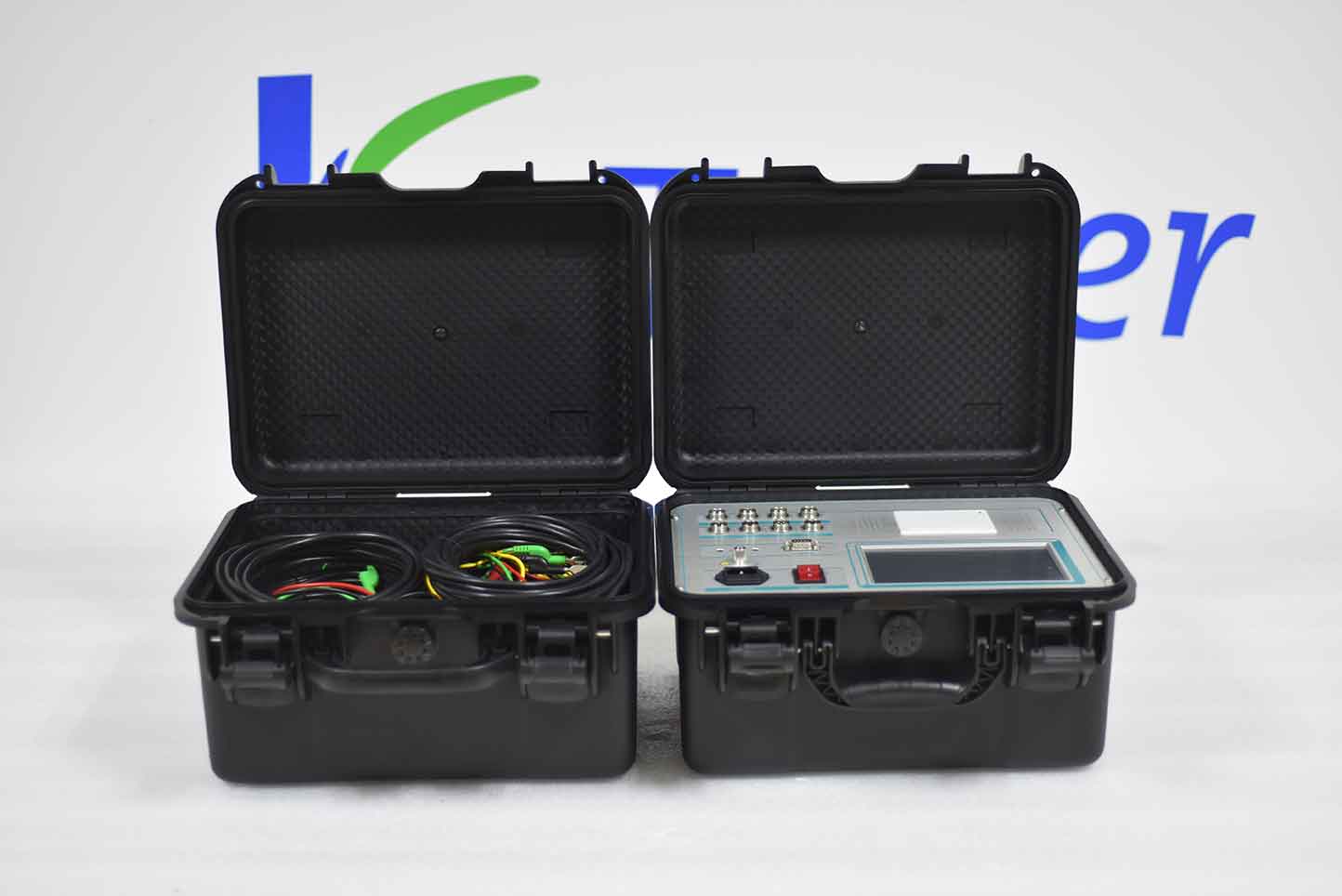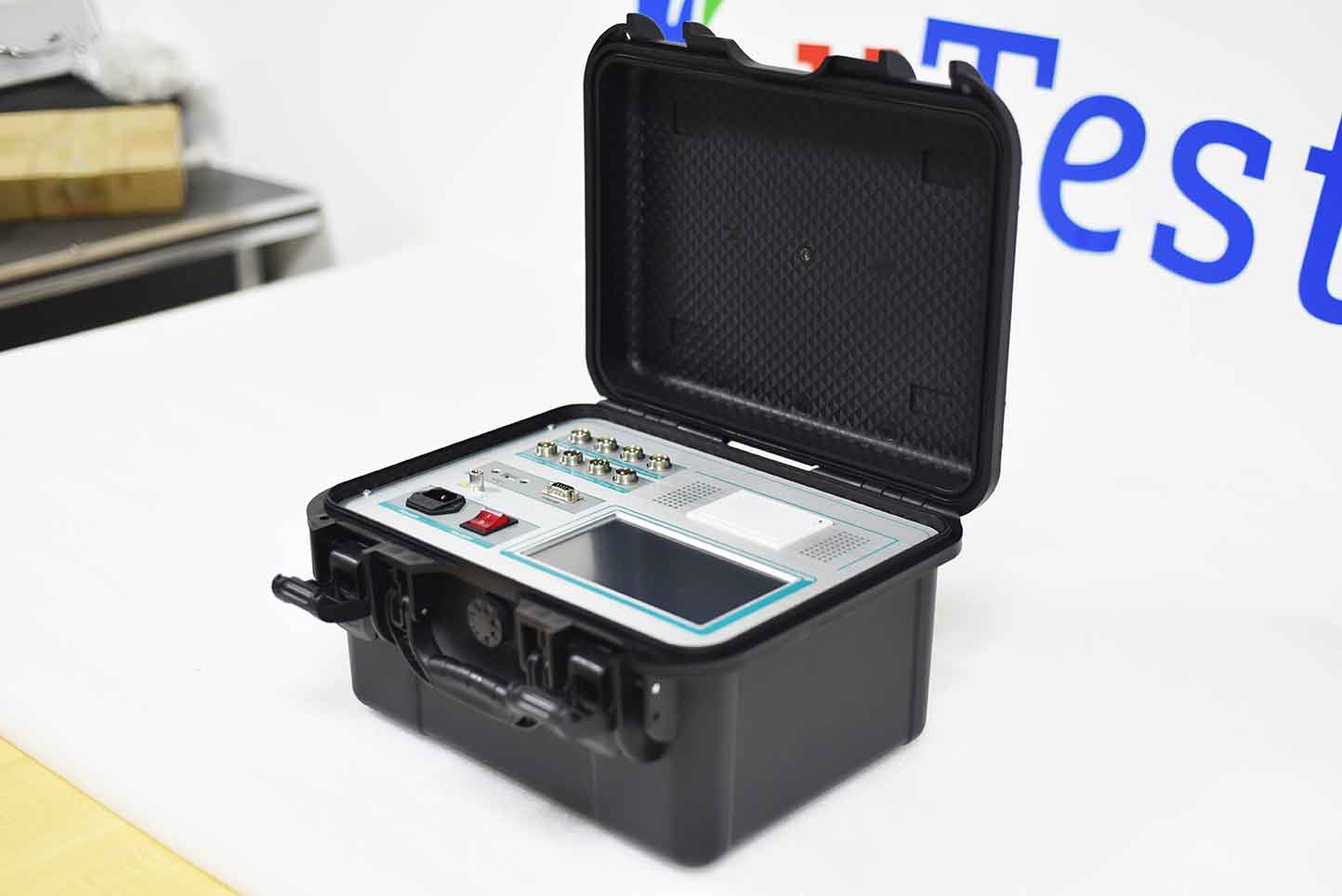The vacuum circuit breaker adopts a vacuum arc extinguishing chamber, and the dynamic and static contacts in the vacuum arc extinguishing chamber adopt flat butt contact. In order to ensure good contact between the dynamic and static contacts, sufficient contact pressure must be ensured; During the closing process of the vacuum circuit breaker, the moving contact has a reasonable closing speed (generally controlled between 0.4-0.8m/s). At the moment of closing, the moving contact and the fixed contact Elastic collision, the contact pressure will move again.
The contact remains in the closed position, and the moving contact repeats the jumping process, resulting in a bouncing phenomenon. The time interval from the moment of initial contact between the driven contact and the static contact to the moment of stable contact between the moving contact and the static contact is bounce.

The impact of closing bounce on vacuum circuit breakers:
At present, there are two opinions in the industry on the impact of closing and bouncing on vacuum circuit breakers.
1. Bounce harmless theory
In the type test, it is unreasonable to attribute the reason to closing bounce when the contacts of the vacuum interrupter cannot be separated by welding. In the analysis, fusion welding also occurs during single point testing and dynamic and thermal stability. How to explain this?
It is believed that as long as there is sufficient contact pressure, welding of the moving and stationary contacts can be completely avoided, which is not related to the closing bounce, and contact welding may not necessarily become more severe. The closing rebound time is measured when unloaded, and pre breakdown occurs under load, accompanied by the generation of electromotive force opposite to the closing direction, which acts as a buffer.
At this point, there may not be a bounce. People believe that the breaking fault, severe breakdown, and contact welding of vacuum circuit breakers are not related to closing bounce, and even advocate removing this indicator from the technical conditions.
2. Theory of Harmful Bouncing
During the closing and bouncing process of a vacuum circuit breaker, the moving contact bounces for a short distance under the pressure of the contact, and the arc will not extinguish. This can easily lead to arcing of the moving and stationary contacts of the arc extinguishing chamber.
The main harm of long bounce time is to accelerate the electrical wear of the vacuum circuit breaker contacts, thereby shortening the electrical life of the circuit breaker.
When the peak current is closed, the vacuum circuit breaker will experience a closing bounce phenomenon, and the arc energy in the vacuum arc extinguishing chamber will quickly accumulate, and it is easy to generate thermal welding phenomena of static and dynamic contacts.
Especially when the capacitive current is closed, the closing inrush current is large. If the time is too long, the contacts of the vacuum circuit breaker will be welded, which will seriously affect the electrical life of the vacuum circuit breaker. The reasons for the closing rebound and the methods to suppress it.
During the closing operation of the vacuum circuit breaker, in order to ensure sufficient contact pressure, the closing mechanism has greater kinetic energy. The part of the magnetic head that compresses the spring stores energy and the kinetic energy of contact bounce.
In theory, the main reason for bouncing is that when the moving and stationary contacts close and collide, the closing impact cannot be fully absorbed by the material deformation and the energy stored in the contact compression spring on the operating mechanism, and the remaining energy causes the dynamic contact head to rebound. The remaining energy is the kinetic energy at the time of contact and rebound, which does not disappear until all energy is consumed.

The ZC-300B high-voltage switch dynamic characteristic tester is designed based on the latest High Voltage AC Circuit Breaker GB1984-2003, the power industry standard of the China, Part 3 of General-purpose technology Conditions for High Voltage Test Equipment, and DL/T846.3-2004 as the design basis, which provides convenience for dynamic analysis of various circuit breakers and can accurately measure the low oil, high oil, vacuum Mechanical and dynamic characteristic parameters of Sulfur hexafluoride and other high-voltage circuit breakers. High voltage circuit breakers bear the dual tasks of control and protection in the power system, and their performance directly affects the safe operation of the power system.
ZC-300B high voltage switch dynamic characteristic tester can be used to test and measure the mechanical characteristic parameters of vacuum, Sulfur hexafluoride, less oil, more oil and other power system high voltage switches of various voltage levels. The measurement data is stable and has strong anti-interference ability. It can be used for experiments in power plants with a voltage level of 800kV or below. It is easy to connect and operate, making it the most convenient tool for high-voltage switch maintenance and testing.
Kvtester Electronics Technology Co.,Ltd. is a high-tech enterprise specializing in power testing, testing, research and development, production, and sales of testing equipment. It has been engaged in the electrical testing industry for many years, and its products are of high quality. We welcome customers to come and purchase.






